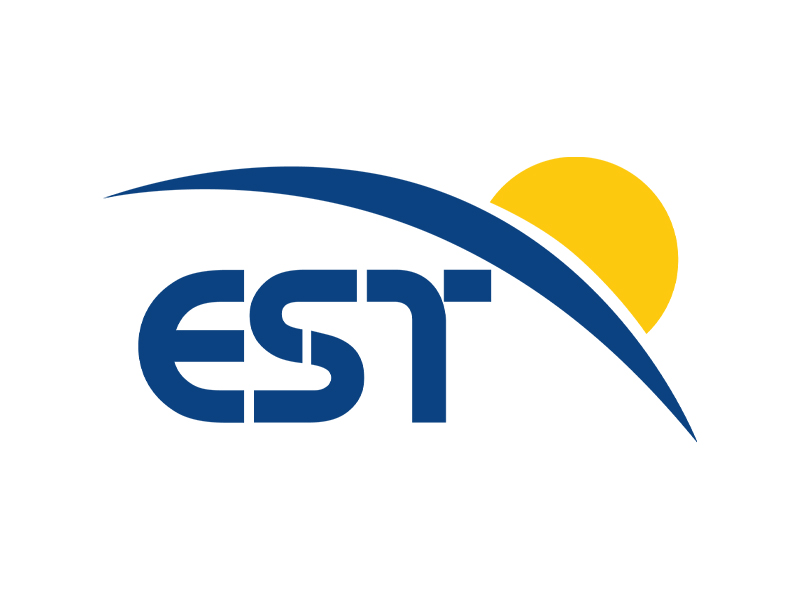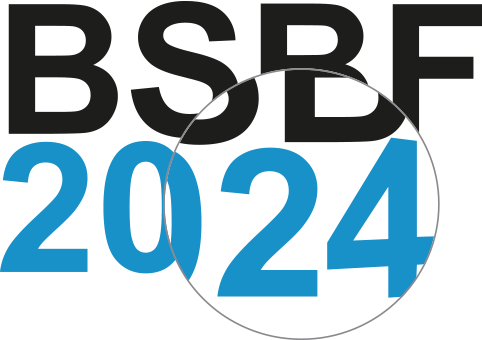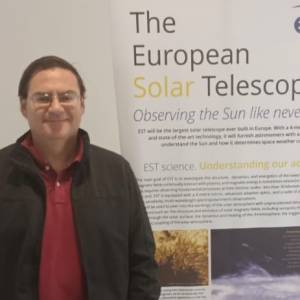
ESTEuropean Solar Telescope
The European Solar Telescope (EST) is a project aimed at the design, construction and operation of the biggest solar telescope ever built in Europe. With a primary mirror size of 4.2 meters and located at the Roque de los Muchachos Observatory in the Canary Islands, Spain, EST aims to significantly enhance solar observation capabilities. By tripling the capacity of existing solar telescopes in Europe, EST will enable researchers to observe the Sun with unprecedented detail and clarity. This advanced telescope will facilitate the study of essential solar processes at a microscopic level, providing crucial insights into how the Sun’s magnetic field influences solar activity, the heliosphere, and planetary atmospheres. Through high-resolution imaging, spectroscopy, and spectro-polarimetry, EST will offer a deeper understanding of solar phenomena and contribute to advancements in solar physics research on a global scale. EST is an initiative promoted by the European Association for Solar Telescopes (EAST), an organization that brings together 24 institutions spread across 18 European countries, aiming to ensure access of European solar astronomers to world-class high-resolution ground-based observing facilities. EST formally entered the active project list of the ESFRI roadmap in March 2016 as the flagship project for the European Solar Physics community. The EST project is currently concluding the Preliminary Design phase, with the main goal of passing the Preliminary Design Review (PDR) by the end of 2024. The construction phase of the EST is scheduled to begin in 2027, with the first light planned around 2032 and an estimated operational period of 30 years. Overall, the EST facility is progressing through its design phase towards the construction phase, with a focus on securing necessary investments and engaging industry partners. The EST Project Office is working to maximize industry participation in different project phases to optimize project outcomes and benefit from industry expertise. Significant investments are expected during the period 2024-2028 in the following technological areas: building, construction and safety related systems, cryogenics, adaptive optics systems, optical components, thermal control systems, scientific instruments, and mechanical structures.
Category: ABSO
Booth's code: A65


